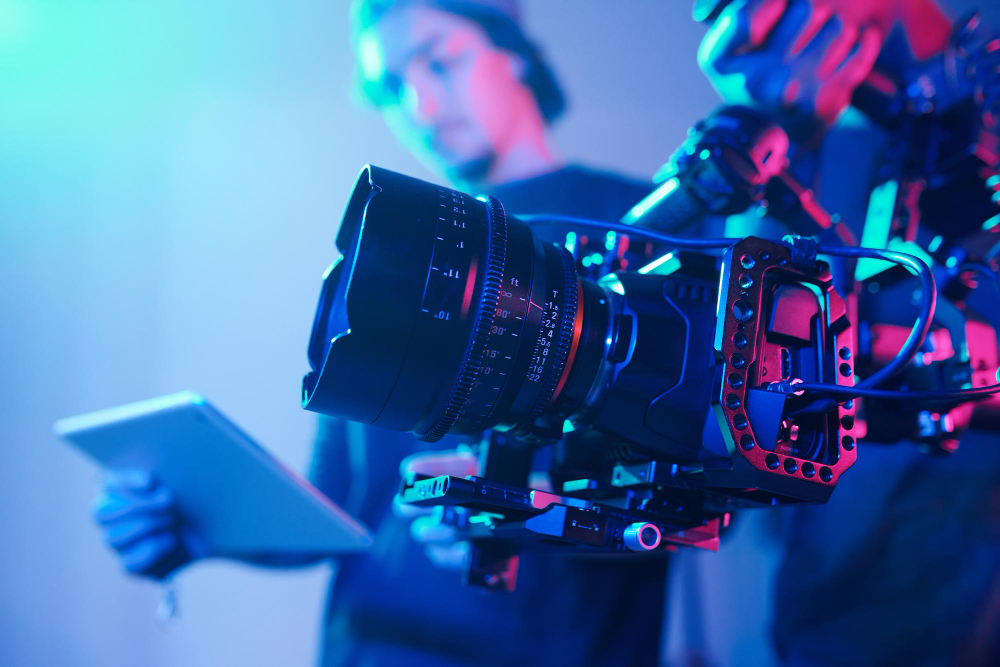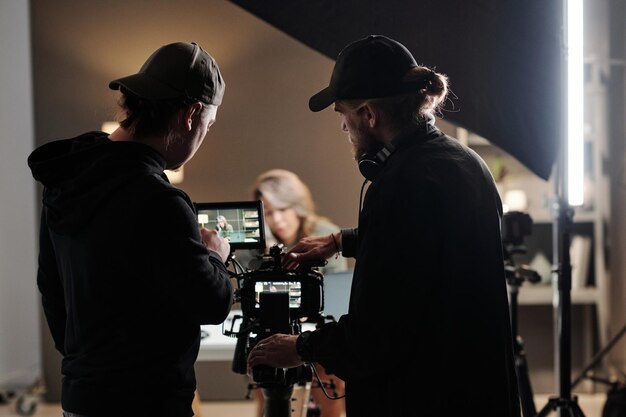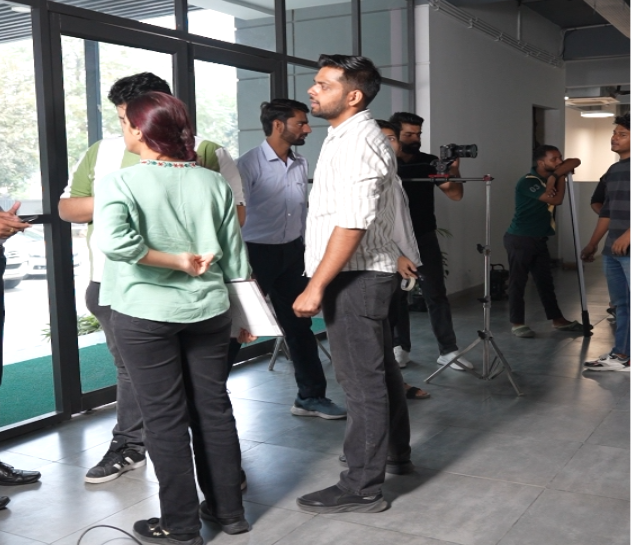Introduction
In today’s extremely competitive e-commerce business, first impressions are more important than ever. Because online customers cannot touch or feel things, high-quality photographs are the initial point of contact with a brand. A professionally taken product image might mean the difference between a sale and a lost consumer.
Product photography is more than just shooting photographs; it’s about telling a story, generating trust, and improving the user experience. According to recent surveys, 75% of internet customers rely on product photos to make a purchasing choice. This demonstrates the critical impact that high-quality images have in increasing conversions, lowering return rates, and improving consumer happiness.
In this blog, we’ll explore the impact of high-quality product photography on e-commerce sales, the best practices for capturing stunning product images, common mistakes to avoid, and expert tips to optimize your visuals for higher conversions.
Table of Contents
- Understanding High-Quality Product Photography
- Importance & Benefits of High-Quality Product Images
- How to Capture High-Quality Product Photos
- Latest Trends & Statistics in E-Commerce Product Photography
- Common Mistakes to Avoid
- Pro Tips & Best Practices for Better Conversions
- FAQs on Product Photography
- Conclusion: Transform Your Sales with Stunning Visuals
Understanding High-Quality Product Photography
What is High-Quality Product Photography?
High-quality product photography is defined as professional-grade photos that accurately reflect a product’s characteristics, textures, and colours while increasing its attractiveness. The images should be:
✔ Clear and sharp – No blurriness or pixelation.
✔ Well-lit – Proper exposure to highlight details.
✔ True to color – The actual color of the product should be visible.
✔ Multiple angles – Customers should see all perspectives.
✔ Consistent and professional – Uniform background and styling.
Types of Product Photography
- White Background Photography: Common on e-commerce platforms such as Amazon and Flipkart.
- Lifestyle Photography: Showcases the product in real-life use cases.
- 360° Photography: Allows users to rotate and view products from every angle.
Close-Up & Macro Photography: Highlights product details and textures.
Importance & Benefits of High-Quality Product Images
1. Builds Trust & Credibility
Customers are hesitant to buy from firms using low-quality or stock photos. High-resolution graphics boost trust, giving shoppers greater confidence in their purchasing decisions.
2. Increases Conversion Rates
According to Shopify, products with high-quality photos convert 40% better than those with bad visuals.
3. Reduces Return Rates
One of the main reasons for product returns is misleading images. When customers receive a product that looks different from the images, they are more likely to return it. Accurate, high-quality photography minimizes this issue.
4. Boosts Social Media Engagement
Instagram, Pinterest, and Facebook rely largely on visual material. High-quality product photographs generate more likes, shares, and engagement, resulting in more traffic to your store.
5. Improves SEO & Google Rankings
Optimized product images with alt text, proper file names, and fast-loading formats improve your website’s SEO and help your products rank higher on Google Image Search.
How to Capture High-Quality Product Photos
1. Use a Professional Camera or Smartphone with a Good Camera
- DSLRs like Canon EOS 90D or mirrorless cameras like Sony Alpha a7 III are great choices.
- If using a smartphone, ensure it has manual mode and a high-resolution sensor.
2. Choose the Right Background
- White backgrounds are ideal for marketplaces like Amazon.
- Themed or lifestyle backgrounds work best for social media marketing.
3. Get Proper Lighting
- Natural light is best for soft and realistic product shots.
- Artificial lighting (like softbox lights) helps maintain consistency.
4. Shoot from Multiple Angles
- Include front, back, side, close-up, and 360° views to give customers a complete picture.
5. Edit & Optimize Images for Web Use
- Use editing tools like Adobe Photoshop or Canva to enhance colors and remove background distractions.
Compress images to improve website speed without compromising quality.
Latest Trends & Statistics in E-Commerce Product Photography
E-commerce products Photography is continuously evolving in response to new technologies and consumer expectations. High-quality photos are no longer sufficient; interactive and immersive visuals are becoming the new norm.
Latest Trends:
- 360° Product Views & 3D Models – Online stores using 360-degree spin images see a 27% higher conversion rate as they allow customers to inspect products from all angles.
- Augmented Reality (AR) & Virtual Try-Ons – AR shopping experiences help buyers visualize products in real-life settings, increasing engagement and reducing return rates.
- AI-Generated Product Photography – Brands use AI tools to create professional images without the need for expensive shoots.
- Lifestyle & User-Generated Content (UGC) – Customers trust real-life product images shared by other buyers more than brand-generated photos.
Short Product Videos & GIFs – Videos demonstrating product usage boost engagement by 50% compared to static images.
Key Statistics:
📌 75% of online shoppers rely on product photos to make purchase decisions.
📌 22% of returns happen due to products looking different in real life.
📌 E-commerce stores with professional images see 40% higher conversions.
These trends highlight the growing importance of dynamic, high-quality visuals in driving e-commerce success.
Common Mistakes to Avoid
❌ Using Poor Lighting – Results in dull and unappealing images.
❌ Ignoring Background Consistency – Inconsistent backgrounds reduce professionalism.
❌ Over-Editing – Excessive filters and edits make products look unrealistic.
❌ Uploading Large Images Without Compression – Slows down website speed, affecting SEO.
❌ Not Providing Enough Angles – Limited views discourage customers from purchasing.
Pro Tips & Best Practices for Better Conversions
✅ Invest in a Tripod: Ensures steady shots and professional framing.
✅ Use High-Resolution Images: At least 2000×2000 pixels for e-commerce listings.
✅ Optimize Image File Names & Alt Text: Helps with SEO and Google rankings.
✅ Offer Zoom-In Features: Customers appreciate the ability to see finer details.
✅ Test Different Image Formats: JPEG is best for web, PNG for transparent backgrounds, and WebP for faster loading.
FAQs on Product Photography
1. Do I need a professional photographer for e-commerce photography?
Not necessarily. With a good camera, lighting setup, and basic editing abilities, you can take high-quality photographs on your own. Professional photographers, on the other hand, bring skill and consistency to the visuals of your brand.
2. What are the best tools for editing product images?
Adobe Photoshop, Lightroom, Canva, and Snapseed are excellent tools for enhancing images.
3. How many images should I upload per product?
A minimum of 5-7 images per product from different angles is recommended.
4. What’s the ideal image size for e-commerce platforms?
- Amazon: 2000×2000 pixels
- Shopify: 2048×2048 pixels
- Instagram: 1080×1080 pixels
5. How do I make my product images SEO-friendly?
- Use descriptive file names (e.g., “red-leather-shoes.jpg” instead of “IMG123.jpg”).
- Add alt text describing the image.
Compress images to optimize page load speed.
Conclusion: Transform Your Sales with Stunning Visuals
High-end product photography isn’t a choice—it’s a requirement for e-commerce success. By displaying sharp, well-lit, and optimized photos, you can drive more customers, increase conversions, and establish brand trust.
If you’re looking to improve your e-commerce sales, start by upgrading your product photography. Invest in good lighting, use high-resolution images, and follow the best practices outlined in this guide.
Need professional product photography for your brand? Contact our team today to create stunning visuals that drive sales!





